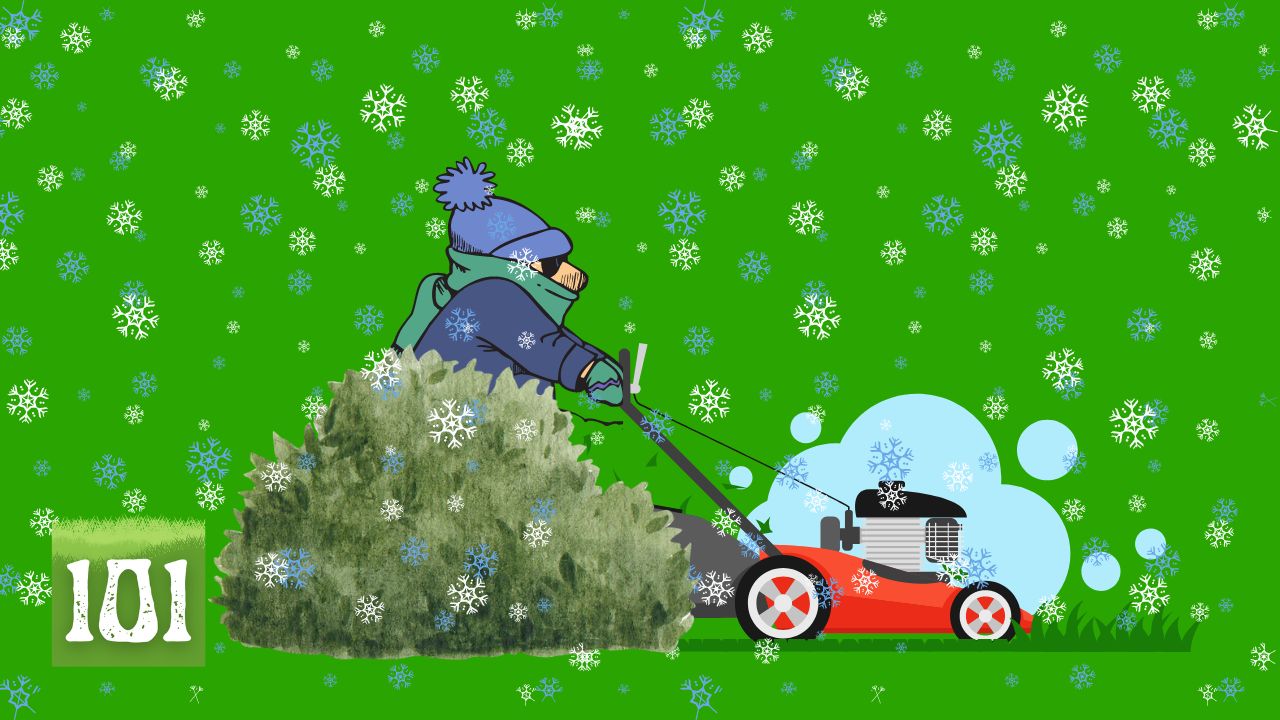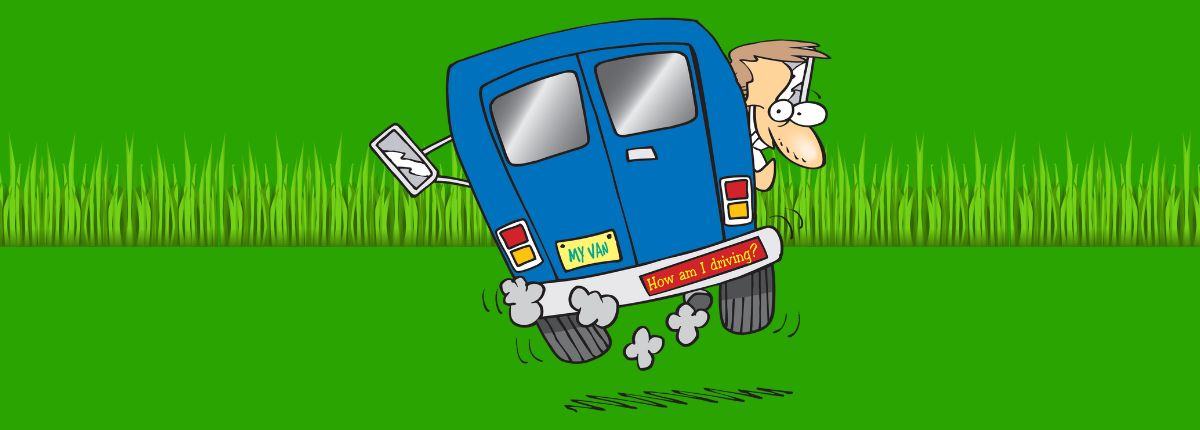How do you deal with winter lawns?
As they say on Game of Thrones, “Winter is coming.”
Fortunately for us, it doesn’t mean that the “White Walkers” are on the way, but Jack Frost will make an appearance soon.
Then you will start getting customers asking you if you could cut their lawn a bit less often. But how often is that?
And what happens to your business? You start getting lawns coming off their regular fortnightly cycles and landing everywhere.
How to Prepare Your Lawn Care Business for the Winter Season
As the temperatures start to drop and the leaves begin to fall, it’s important to start thinking about how the winter season will affect your lawn care business. Fortunately, with some preparation, you can ensure that your business continues to thrive throughout the colder months. Here are a few tips on how to prepare your lawn care business for winter.
1. Update Your Equipment
One of the most important things you can do to prepare for winter is to make sure that your equipment is in good working order. Cold weather can take a toll on your lawn mower, so it’s important to give it a tune-up before the winter season starts.
Lawnmowing101 Membership

Build a six-figure lawn care business
Lawn Care Software

Get Your Lawn Care Business Running Smoothly
Easier for you and your customers. Jobber helps you quote, schedule, invoice, and get paid—all in one place.
2. Create a Winter Service Package
While most people think of lawn care as a summertime service, there are still plenty of things that need to be done during the winter months in order to keep yards looking their best. Offer your customers a winter service package that includes things like mulching, weeding and pruning roses and trees.
how do you know if a lawn is in its winter cycle?
Here in New Zealand, most lawns will go into their winter cycle around June. The days are getting shorter and the nights are getting longer, which means the grass is getting less sunlight. As a result, the grass will start to slow down its growth.
However, just because the grass is growing more slowly doesn’t mean it doesn’t need to be cut. In fact, it’s important to keep up with your regular mowing schedule during the winter months. Why? Longer grass is more susceptible to disease and pests. Plus, if you let the grass get too long, it will be more difficult to cut when spring rolls around.
There are a few telltale signs that winter has arrived
-The blades of grass will be thinner and shorter than usual.
-The colour of the grass will be more faded.
-There will be fewer clippings after you mow.
-The grass may feel spongy when you walk on it.
-There may be more weeds than usual.
-The lawn may have dead patches here and there.
If you see any of these signs, it’s time to put the lawn on a winter schedule. This means cutting it less frequently—typically every three to four weeks instead of every week. And when you do cut it, don’t cut more than one-third of the blade off at a time. By following these steps, you can ensure your customers’ lawns stay healthy all winter!
Back in the 90s, at this time of year, I used to drive up to a lawn and say to myself, “That doesn’t need cutting”, so I would move on. What a complete waste of time that was.
Another thing was I didn’t even really know what the customer thought. Did they think it needed cutting?
Who knows?
Listen to audiobooks while you work.

With a sixty-day free trial
Discover millions of ebooks, audiobooks, and so much more for just $9.99/month.
Nowadays, I have a system.
(you know I was going to say that, didn’t you?).
When we take on a lawn, we say we do fortnightly mows. If the customer asks about the Winter cut cycle, we tell them that if the grass slows down and they want a winter cycle, all they have to do is let us know BEFORE we turn up. We only do weekly, fortnightly or four weekly cuts as we manage over 150 lawns.
We tell them that we don’t decide whether the lawn needs mowing or not because we do not know what the customer is thinking. Some may think the lawn needs cutting, and some may not. The customer usually agrees that it makes sense.
This technique works for us because
We don’t turn up and get sent away.
Hardly anyone ever contacts us.
Most of our lawns are on a fortnightly cycle all year round.
The path of least resistance.
One of the reasons that this works so well is due to an old sales technique called “the part of least resistance.”
This means that people usually choose the easiest route when given a choice. It is easier not to ring or text your than to pick up the phone.
Therefore the lawn stays on a two-week mow all year round, and that suits us fine.
If someone does go on a winter cycle.
No problems. We put them on a winter cycle immediately.
However
We also mention that everybody goes fortnightly from the first mow in September.
We want to make sure that everyone is on the same page.
I hope this helps and you have a good winter lawn mowing season.
Get tips & tricks on how to grow a profitable lawn care business delivered to you inbox every week.






Leave a Reply